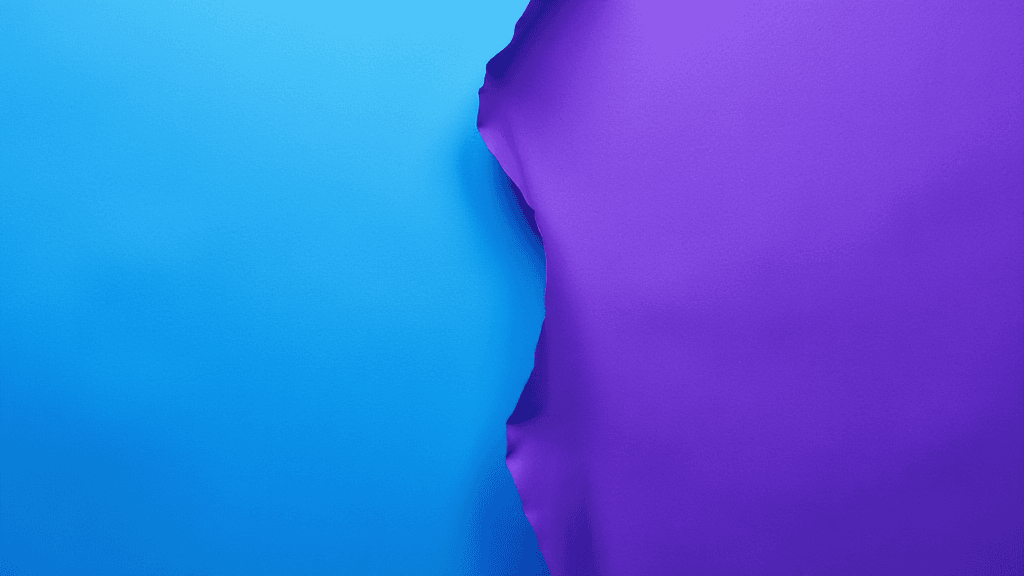
Purple has long been associated with royalty, luxury, and creativity. This regal hue has captivated artists and color enthusiasts for centuries. But have you ever wondered how to create this majestic color? Let's dive into the fascinating world of color mixing and discover what colors make purple.
The Basics: Primary and Secondary Colors
To understand how to make purple, we first need to revisit some basic color theory. There are three primary colors: red, blue, and yellow. These are the building blocks from which all other colors are created. When you mix two primary colors, you get a secondary color. Purple is one of these secondary colors.
The Magic Formula: Red + Blue = Purple
At its most basic, purple is created by mixing red and blue. This combination yields a vibrant, true purple. However, the exact shade of purple you get depends on the proportions of red and blue you use:
More red will result in a warmer, more reddish-purple.More blue will create a cooler, more bluish-purple.Experimenting with different ratios of red and blue can help you achieve the perfect purple for your needs.
Fine-Tuning Your Purple
While red and blue are the primary ingredients for purple, you can adjust and refine your purple by adding other colors:
White: Adding white will lighten your purple, creating lavender and lilac shades.Black: A touch of black can deepen your purple, moving towards eggplant or plum tones.Yellow: A tiny bit of yellow can mute the purple, creating more earthy, muted tones.Remember, a little goes a long way when adjusting colors, so add these modifiers gradually.
Creating Purple in Different Mediums
The process of making purple can vary slightly depending on the medium you're working with:
Paint: Mix red and blue paint on your palette before applying it to your canvas.Digital Art: Use the color picker to select precise red and blue values.Dye: Combine red and blue dyes according to the manufacturer's instructions.Light: In additive color mixing (like on screens), purple is created by combining red and blue light.
Fun Fact: The Purple Problem in Nature
Interestingly, true purple is relatively rare in nature. Many "purple" flowers and animals are actually varying shades of blue or red that our eyes perceive as purple. This is why purple was historically a rare and valuable color for dyes and pigments.
Conclusion
Creating purple is a simple yet magical process that opens up a world of creative possibilities. Whether you're an artist, a designer, or just curious about colors, understanding how to make purple can enhance your color-mixing skills and expand your palette. Remember, the key to finding your perfect purple lies in experimentation and practice. So grab your colors and start mixing – your royal purple awaits!


